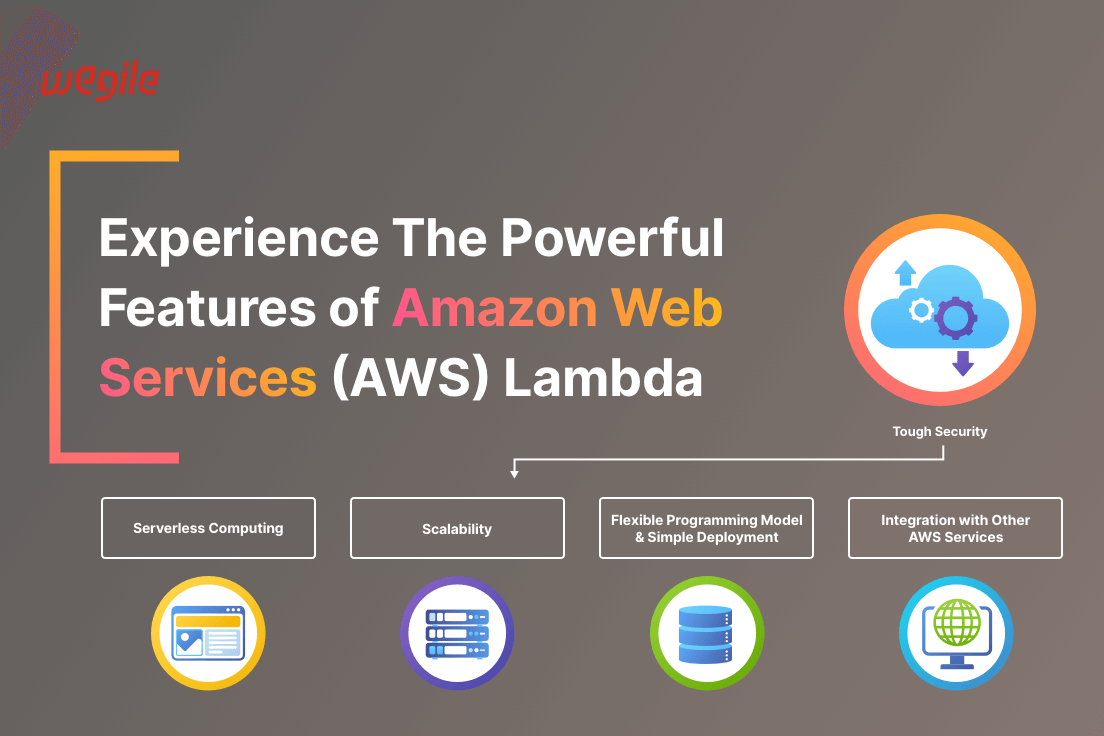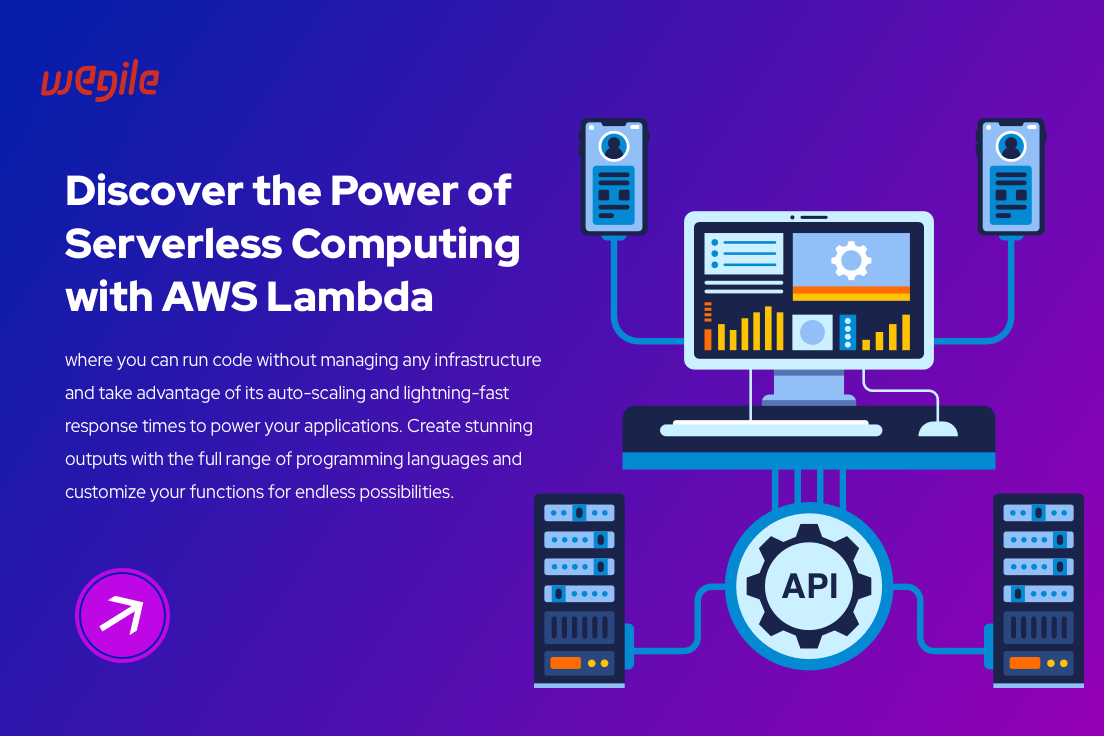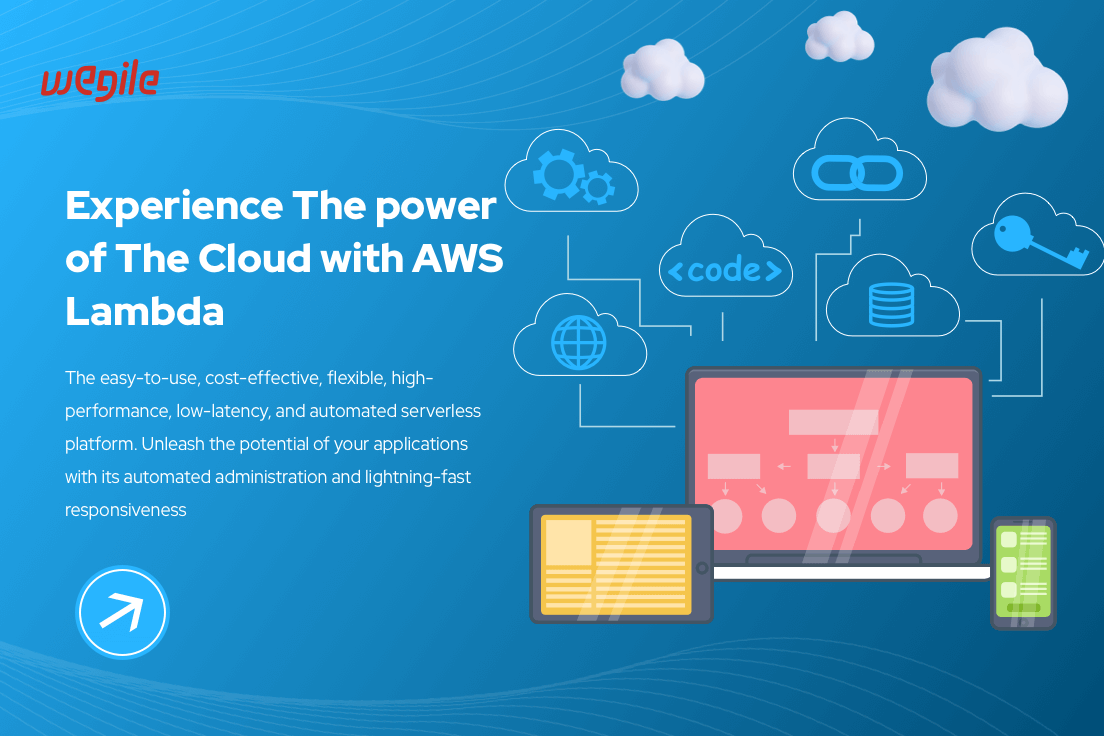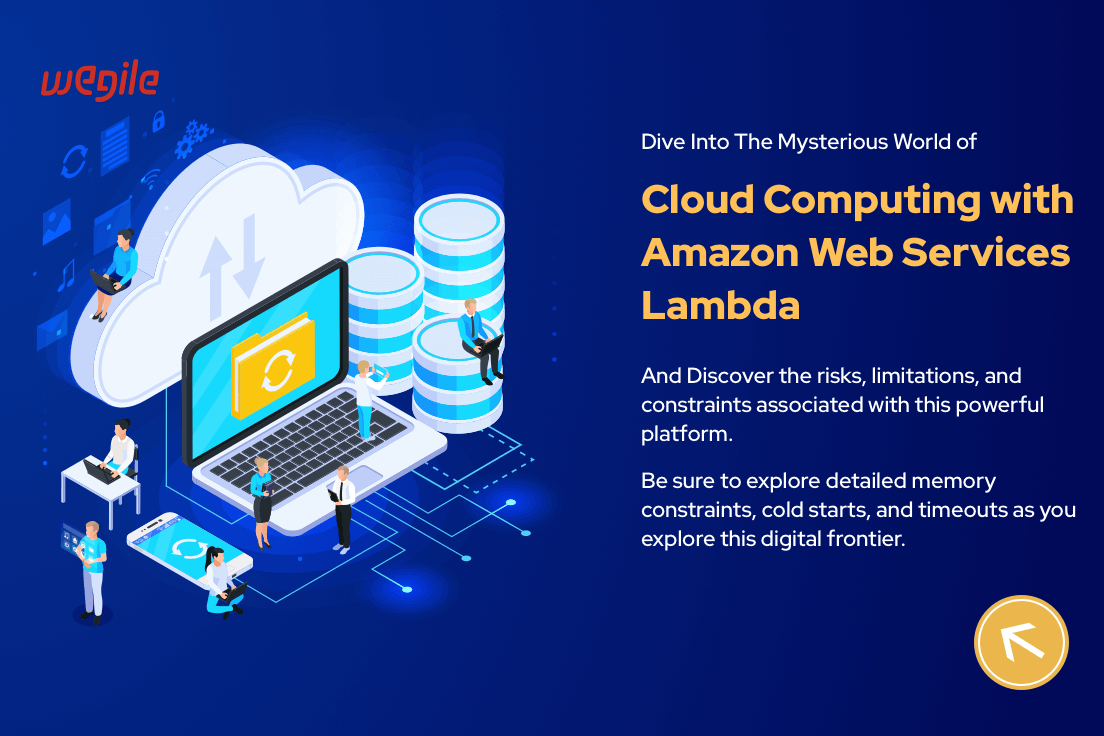AWS Lambda is an execution model offered by Amazon Web Services that allows developers to run code without managing any underlying infrastructure. In this article, we’ll explore the technical implications of this powerful tool and its many features. With AWS Lambda, users have the ability to execute their code faster and more reliably while reducing operational costs. As a result, developers can focus on the logic and structure of their application without having to worry about complex systems administration tasks. That makes AWS Lambda a popular choice for building highly scalable cloud applications quickly and efficiently. In this blog we'll take a closer look at what AWS Lambda is used for.

AWS Lambda offers powerful serverless computing capabilities designed to simplify the work of developers. It streamlines infrastructure setup and management, allowing developers to focus on writing and deploying application code without worrying about provisioning, scaling or maintaining servers. With AWS Lambda, businesses can spin up underlying resources quickly and scale up or down in response to changes in demand with little effort; thus freeing up resources for higher level strategic tasks instead of complex operations management.
AWS Lambda delivers automatic scaling of your application in response to changes in traffic, allowing for increased flexibility and control over resource allocation. With this AWS Lambda Feature, you can specify the maximum number of concurrent executions that your function allows. AWS Lambda then provisions enough resources to handle the maximum load and manages scaling as per the incoming traffic, ensuring both cost-savings and performance optimization. By automating resource provisioning with Lambda, you'll enjoy cost savings and improved performance for your application with no worries about under- or over-provisioned resources.
AWS Lambda now enables users to control their own ephemeral storage size with the ability to configure up to 10 GB per function instance. This upgrade from the standard 512 MB of storage provides greater flexibility for functions that require higher capacity, such as larger applications or longer running processes.
AWS Lambda's programming model lets you write code in the language of your choice, from Java to Node.js to Python and more. This AWS Lambda Feature eliminates the need of learning a new language or environment. Deployment is also made easy with options like direct upload, the AWS Management Console, AWS CLI, and third-party tools like CloudFormation, allowing developers to quickly deploy their applications with maximum flexibility. With AWS Lambda's flexible programming model, say goodbye to the days of lengthy deployments and frustrating learning curves.
With AWS Lambda, developers can unlock a myriad of possibilities to build groundbreaking serverless applications with unprecedented ease. Cut off the shackles of old-fashioned infrastructure headaches and be able to use an array of popular AWS tools and services like S3, DynamoDB, API Gateway, Kinesis, and more in one place. By integrating with these other AWS components, AWS Lambda provides developers with tremendous power and flexibility when creating applications without any hassle.
All data at rest and in transit is automatically encrypted, and access to its services is strictly managed using AWS Identity and Access Management (IAM), Resource Policies, Auditing and Logging. Its VPC Support provides an additional layer of authentication, while its fine-grained access controls enable you to grant individual roles, groups, or external accounts access to specific resources within Lambda. Furthermore, it offers useful features such as file verification, utilization monitoring, runtime protection, and an audit log to ensure all accesses and activities are tracked and reported back to users promptly.



AWS Lambda is a powerful and invaluable tool for modern application development. With befitting AWS Lambda features it offers cost savings, faster development cycles, and improved scalability – all while reducing the need for underlying infrastructure management. Its event-driven architecture, automatic scaling, and support for multiple programming languages make it an attractive choice for creating fast and efficient applications. However, developers must be aware of its execution time and memory constraints, cold start issues, and limited operating system access in order to maximise the performance of their applications and services. Despite these AWS Lambda limitations, it remains a valuable resource that no developer should overlook.


 Browse Our Services
Browse Our Services
